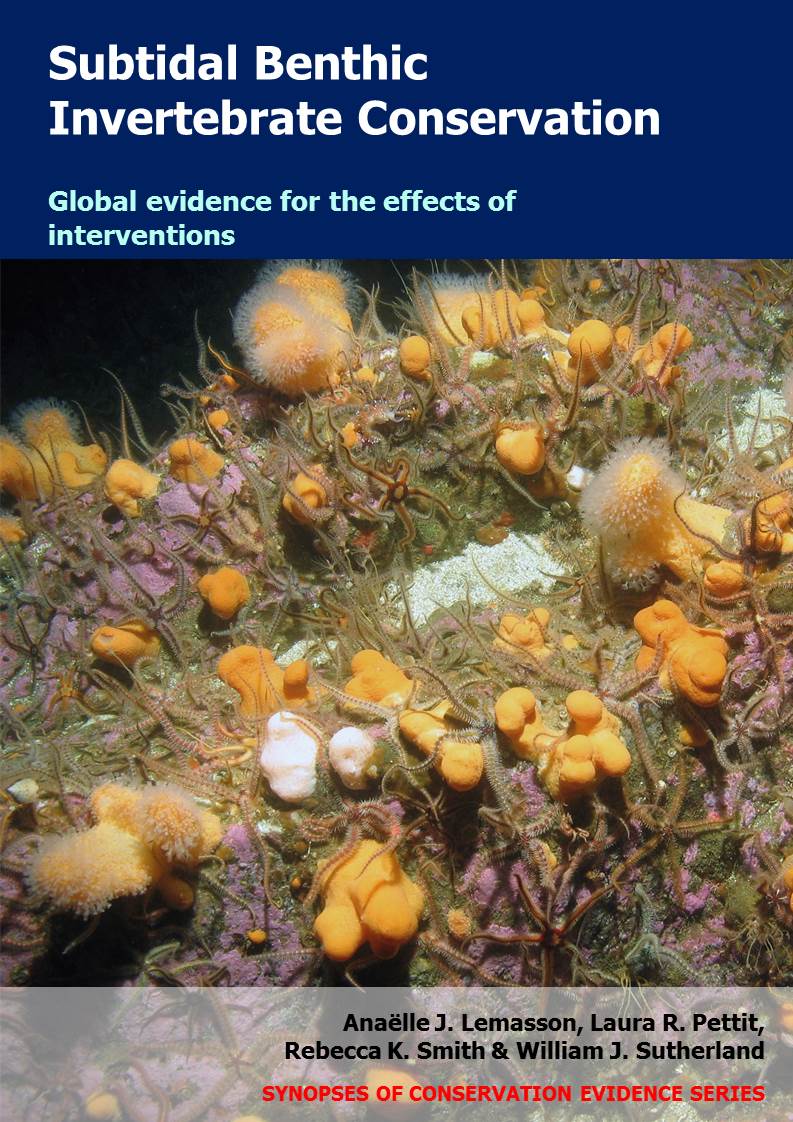Designate a Marine Protected Area and prohibit the harvesting of conch
-
Overall effectiveness category Unknown effectiveness (limited evidence)
-
Number of studies: 1
View assessment score
Hide assessment score
How is the evidence assessed?
-
Effectiveness
50% -
Certainty
22% -
Harms
12%
Study locations
Supporting evidence from individual studies
A site comparison study in 1998 in areas of algal seabed, sandy seabed, or seagrass bed in the North Atlantic Ocean, Turks and Caicos Islands, British Overseas Territories (Béné & Tewfik 2003) found that inside a marine protected area that had been prohibiting the commercial harvest of conch for five years, abundance of queen conch Strombus gigas was higher compared to a fished area, but effects varied with the age of conch and habitat type. Total conch abundance (juveniles and adults) was higher in the closed (555 conch/ha) compared to the fished area (277 conch/ha). Abundance of adult conch (≥4 mm lip thickness) was higher in the closed compared to the fished area for algal habitat (closed: 833 vs fished: 86) and sandy habitat (78 vs 28), but not statistically different for seagrass habitat (410 vs 24). Abundance of juvenile conch (<4 mm lip thickness) was similar inside and outside the closed area for all habitats (179–483 vs 85–497). In addition, adult conch were smaller in the closed area compared to the fished area (186 vs 204 mm shell length). In 1993 a conch sanctuary (approximately 17.5 km2) prohibiting the commercial harvest of conch was experimentally established. In June–November 1998 at an unspecified number of sites both inside and outside the sanctuary, divers counted and measured (shell length and lip thickness) all conch in 6 x 60 m transects at 0.2–12 m depth.
Study and other actions tested
Where has this evidence come from?
List of journals searched by synopsis
All the journals searched for all synopses
This Action forms part of the Action Synopsis:
Subtidal Benthic Invertebrate Conservation





)_2023.JPG)














